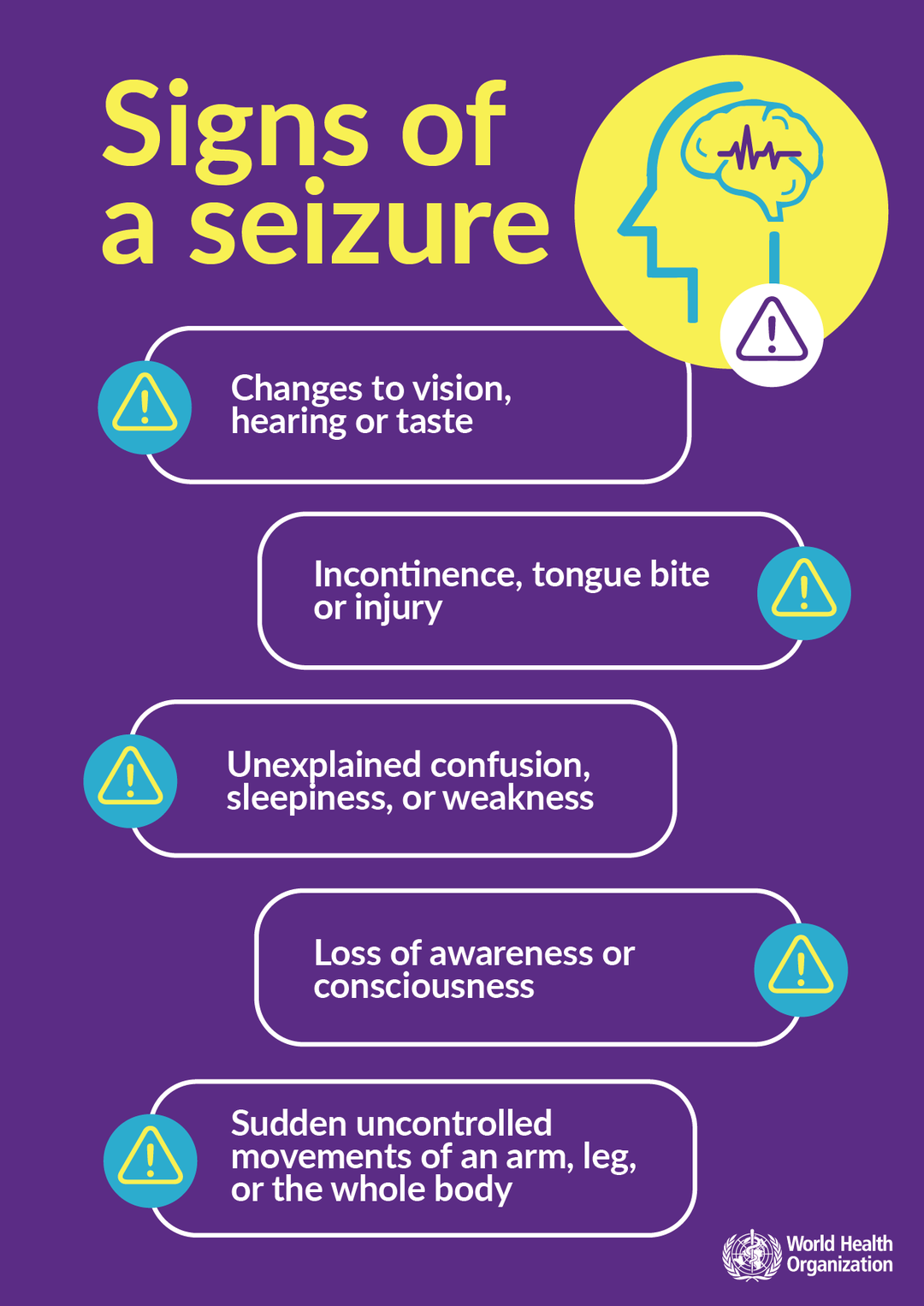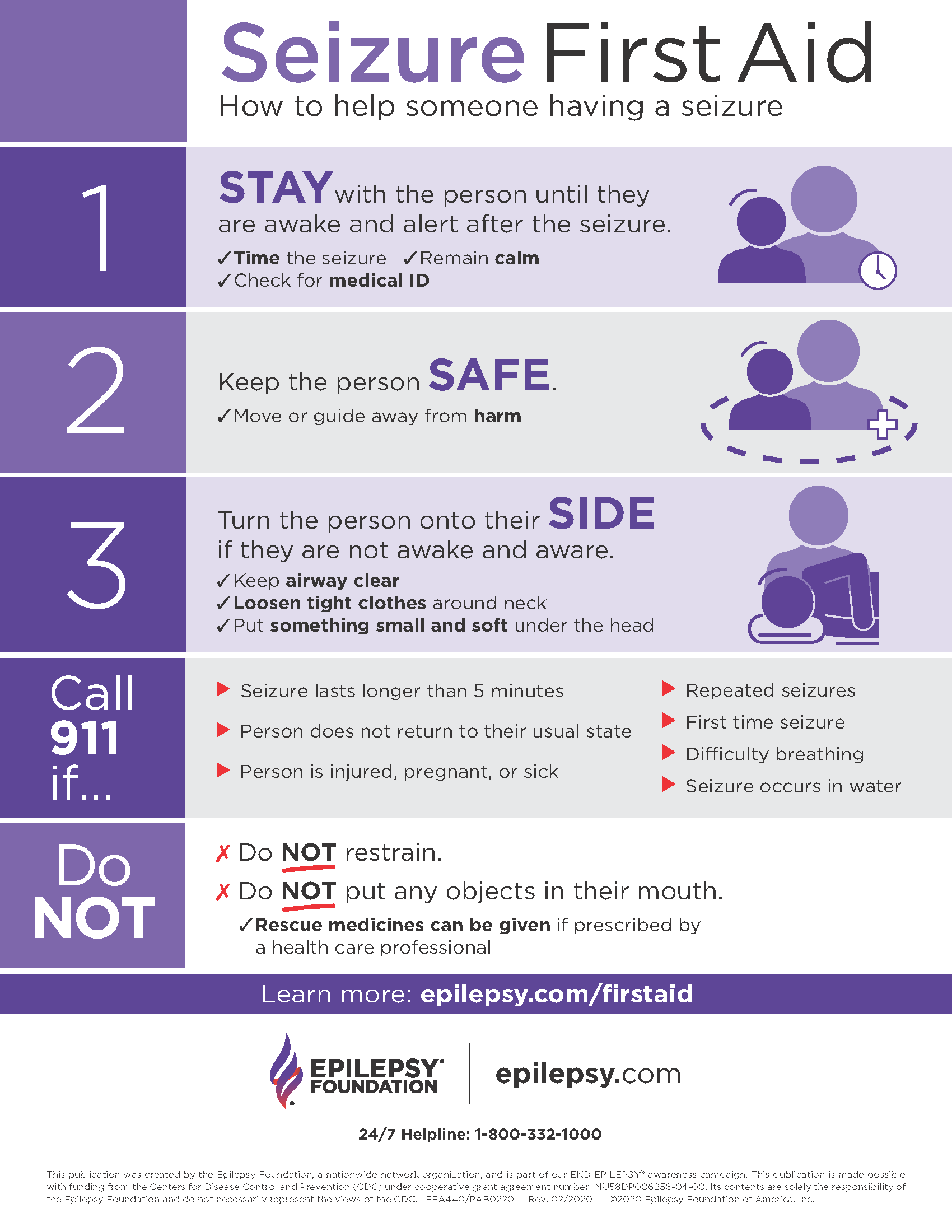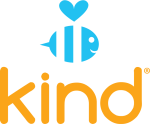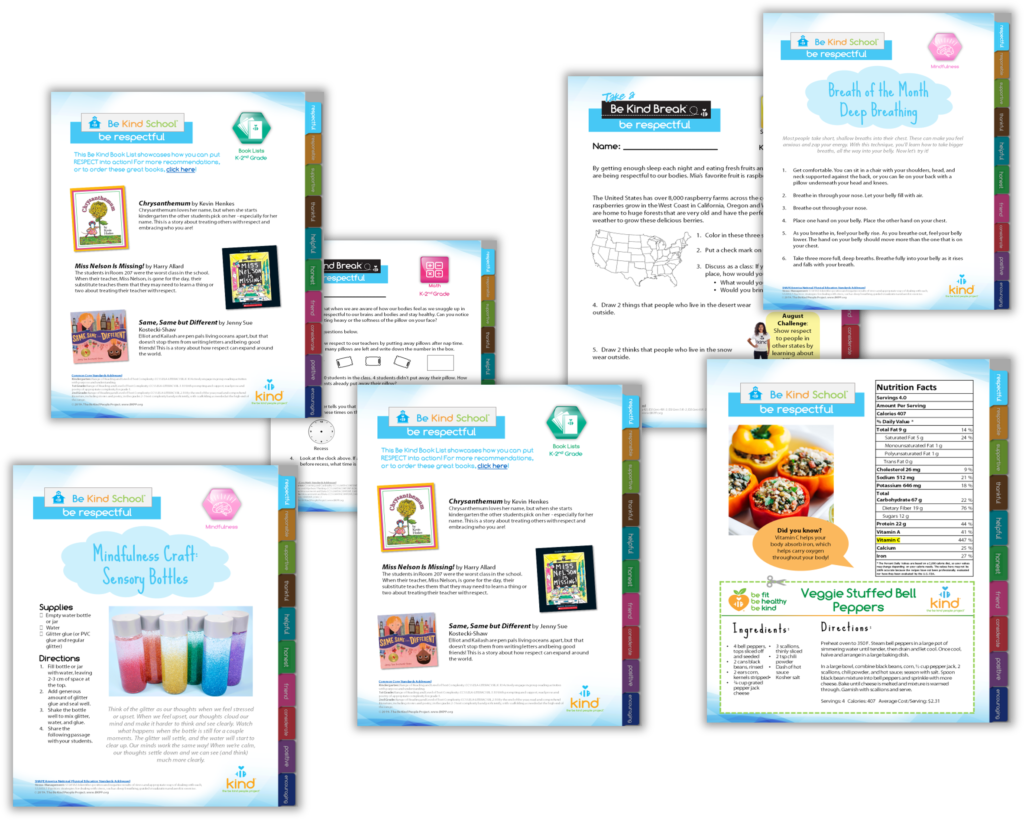- About
- Programs
- After School Classes
- All-School Assemblies
- The BE KIND Business
- The BE KIND Community Education Center
- The BE KIND SCHOOL
- BE KIND on the MOVE
- Classroom Resources
- #CyberSkills
- Family Engagement
- Fitness Programs
- Gardens
- Grace’s Group
- Health & Wellness
- Summer Programs
- Teacher Training
- Wellness Wednesday
- Athletes for Arizona
- Events
- Get Involved
- Donate
Understanding Epilepsy
- Home
- Wellness Wednesday
- Disease Prevention
- Understanding Epilepsy
National Epilepsy Awareness Month
How to Handle, Heal, and Help Prevent Seizures

Did you know that November is National Epilepsy Awareness Month? According to the CDC, there are an estimated 3.4 million people with epilepsy nationwide. Seizures can be intimidating, but knowledge is power! Today’s Wellness Wednesday will uncover what Epilepsy is, what a seizure looks like, how to respond, and how to support people with Epilepsy.
National Epilepsy Awareness Month isn’t just about seizures. It’s about the stories of strength, resilience, and the human spirit that accompany those who live with it. It’s about understanding, empathy, and creating a world where everyone can thrive. Let’s embark on a journey that’s all about awareness, action, and creating a community that’s informed and ready to make a difference. Learn more from the Epilepsy Foundation!
What is Epilepsy?
In simple terms, epilepsy is a neurological disorder that leads to recurring seizures. These seizures are like little bursts of electrical activity in the brain, and they can cause various sensations, movements, or even changes in awareness. Some people have seizures very infrequently, while other people may experience over a hundred seizures each day.
Spotting the Signs and Treating the Episode
Ready to be the ultimate seizure superhero? Let’s talk about spotting and treating an epileptic seizure with confidence and compassion with the Mayo Clinic.
- Spotting the Signs: Seizures come in all shapes and sizes, but some common signs include sudden muscle jerks, staring spells, unusual sensations, or even brief moments of confusion. Keep your observation goggles on and be prepared to recognize these unique signals.
- Stay Calm: If you see someone having a seizure, take a deep breath and remember – stay calm. Time can feel like a stretch, but most seizures are short-lived and will pass.
- Safety First: Make sure the person is safe. Gently guide them away from hazards, and if they’re lying down, place them on their side to help keep their airway clear.
- Comfort Zone: Create a cushiony environment by placing something soft under their head. Loosen tight clothing, and don’t restrain their movements.
- Clock It: Keep track of how long the seizure lasts. If it goes on for more than five minutes or if another seizure follows right after, it’s time to call for medical help.
- After the Storm: Once the seizure has passed, offer a helping hand. Reassure the person and help them regain their bearings. They might feel confused or tired, so gentle support can go a long way.
Seizure Prevention and Support
In the world of prevention and support, we want to be informed when it comes to epileptic seizures. The Neurology Center for Epilepsy and Seizures wants us to know how to prevent and support our friends below:
- Prevention Power: While some seizures can’t be predicted, there are steps that can reduce the risk. Regular medication, proper sleep, stress management, and a healthy lifestyle can all play a part in keeping seizures at bay.
- Creating a Safe Space: If you know someone who experiences seizures, lend a hand in creating a safe environment. Remove sharp objects and potential hazards, and make sure they feel comfortable and supported.
- Supportive Network: Building a support system is like having a bunch of superheroes by your side. Friends, family, teachers, and coworkers can all play a role in understanding, supporting, and helping when needed.
- Communication is Key: Open conversations can work wonders. If you’re living with epilepsy, let those around you know what to do in case of a seizure. If you’re supporting someone with epilepsy, ask them about their needs and preferences.
- Lending an Ear: Sometimes, a listening ear is all it takes. Be there to listen, offer a shoulder to lean on, and provide a space where feelings and concerns can be shared without judgment.
Remember, knowledge is a superpower, and empathy is its sidekick. By knowing how to recognize seizures, offering a helping hand, and creating an environment of understanding, you’re making a difference in the lives of those living with epilepsy
Published on November 29, 2023
Questions? Comments? Want to contribute to the Wellness Wednesday Blog?
Send your ideas to info@bkpp.org.

Learn More about The Be Kind People Project®
- Programs
- After School Classes
- All-School Assemblies
- The BE KIND Academy
- The BE KIND Business
- The Be Kind Break
- The BE KIND School
- The BE KIND on the MOVE
- #CyberSkills
- Family Engagement
- Fitness Programs
- Gardens
- Grace’s Group
- Health & Wellness
- Summer Programs
- Teacher Training
- Wellness Wednesday
- Athletes for Arizona
Copyright © The Be Kind People Project | Privacy Policy



